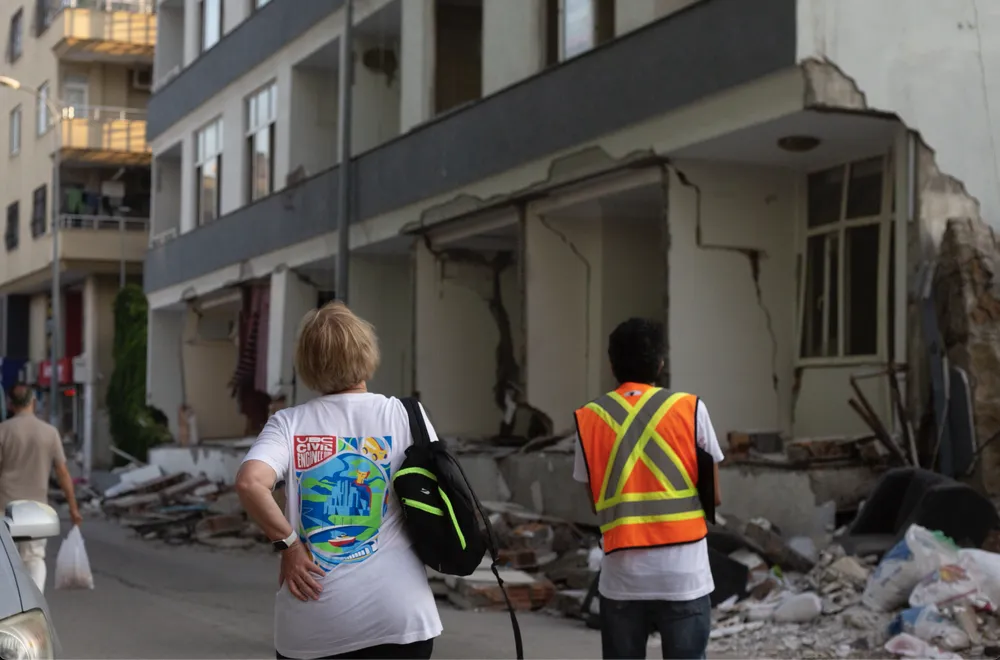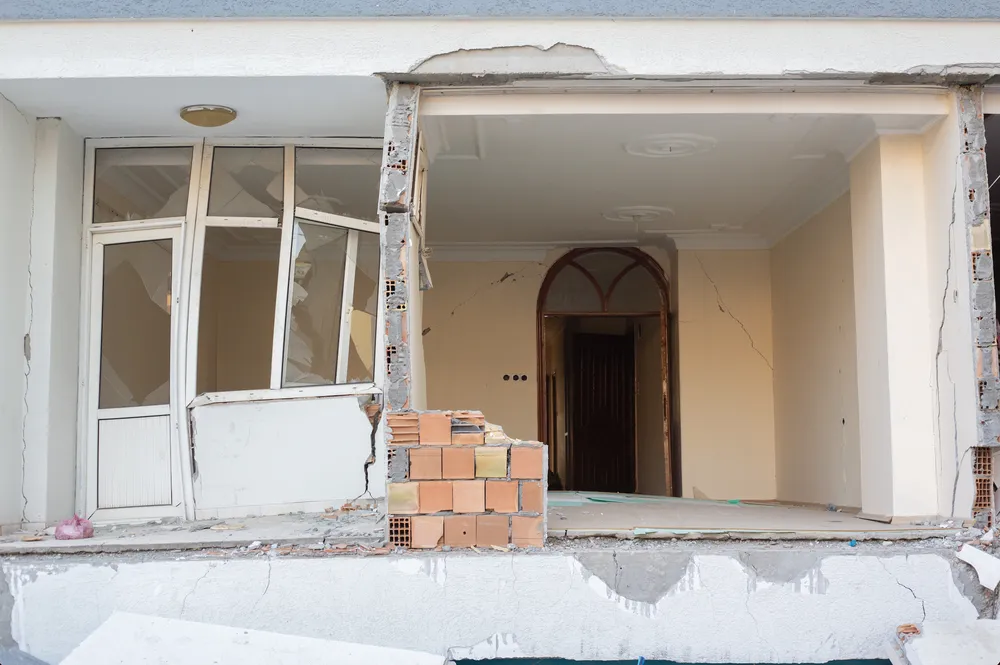BC residents have long been aware that the province is at risk of being hit by the “big one” – a massive earthquake that could topple buildings and infrastructure across the province. A recent disaster in Türkiye demonstrated what such a high-magnitude earthquake might look like.
On February 6, Türkiye experienced a 7.8 magnitude earthquake on the Richter scale, followed by a 7.5 magnitude earthquake shortly after. An estimated 2.5 million buildings were impacted, resulting in over 50,000 deaths.
“This was one of many earthquake sites I visited throughout my career, and I must say that this was some of the most extensive damage that I’ve seen,” said Dr. Svetlana Brzev, an adjunct professor of civil engineering at UBC with over 30 years of experience in seismic design.
Brzev, alongside a team of other BC delegates, embarked on a five-day trip directly after the earthquake to examine the damage done, witness disaster response and interpret findings that may improve BC preparation strategies. The team provided their findings to the public in a hybrid technical seminar at UBC Robson Square with over 700 registrants on October 13.
“I believe this earthquake has highlighted the importance of quality of construction, and all of the systems that we have in place [in BC] … to ensure that the final project is safe,” said Brzev.
The researchers worked closely with locals to examine structural damage to homes and institutional buildings, as well as temporary housing structures built with reinforced steel within 20 days for displaced residents.
The extensive damage comes in spite of Türkiye’s prolonged efforts to mitigate earthquake damage. The Turkish building code is well-developed due to frequent seismic activity in the region: prior incidents have resulted in “robust” structural policies, according to Dr. Tony Yang, a civil engineering professor at UBC who led the research trip.
“Türkiye has done very well in the preparedness, response and recovery,” Yang said. “Canadians need to learn from what they have done. We can start working not just within the city, but also with our sister cities, so when disaster is happening, we can provide shelter.”
During the trip, BC engineers examining the affected sites noted constructions built to the updated seismic code were more structurally sound. Buildings constructed after 2000 using modern seismic codes largely did not collapse, except for the buildings with design and construction deficiencies.
Turkish buildings built before 2000 experienced more structural failures because they were built without codes for ductile design and detailing, a method of strategically designing buildings that can bend and absorb stress without breaking.
The disproportionate structural damage done to old buildings highlights the importance of retrofitting older buildings in BC.
“I would say the main difference between Türkiye’s building resilience and Canada’s is that there is a high level of quality assurance in the [Canadian construction industry’s] implementation codes,” said Brzev.
Allison Chen, a practice advisor with Engineers and Geoscientists of British Columbia and part of the BC delegation to Turkey, noted that BC has been working on seismic mitigation retrofits for low-rise school buildings since 2004.
“There’s been a lot of testing to understand the existing school buildings we have, and retrofit solutions that have been tested as well,” she said. “There’s a consistent approach to considering existing systems, and … those seismic retrofit guidelines for low-rise school buildings could be used for all low-rise buildings.”
UBC has been involved in an extensive series of seismic upgrades on campus for the past decade, after a 2012 report estimated that at least two dozen of UBC’s older buildings were at risk of collapse in the event of a “moderate” earthquake.
Since then, the Hebb Building and McLeod Building, two of the highest-risk buildings on campus, have undergone over $50M worth of seismic upgrades. Other projects, including the construction of a new pump station, brought this total to over $200 million in upgrades.
Most recently, UBC has been installing seismic reinforcement at the Museum of Anthropology since January. Yang, who consulted on the project, said that these upgrades will make the MOA one of the “safest places in UBC, maybe BC” once repairs are complete.
The MOA upgrades involve a costly investment in seismic space isolation technology, which was also used for Turkish hospitals across the country. Seismic base isolation places buildings on rollers, cut off from its former foundations. This isolate the building from seismic shakes.
Though Vancouver has a long way to go before retrofits will be implemented throughout the city’s hospitals and technology centres, systematic upgrades at UBC are providing safe spaces on campus in the event of an earthquake.
“UBC has treated [the museum] as one of the important buildings we showcase as safely protecting us,” said Dr. Yang.
“We got the technology and are putting it into use … we’re proud to have an elite engineering research program.”
Share this article
First online







